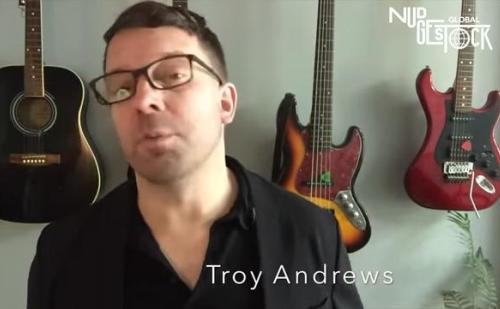Presentation Persuasion via Troy Andrews
Here’s a ten 10 minute slot from Nudgestock 2020. A now annual behavioural economics/science gathering. This year, as have so many ‘festivals’, gone global and online-only.
Troy Anderson sets out what he calls his Presentation Persuasion Strategy Tool. Based around his version of an A – B – C. Crafted as he found a lack of structure to presentations he was helping with.
You can watch him talk through them above, in the order C-A-B.
As I am a fan of this subgenre, I was pleased to find a couple of decent steers within this.
Think about what Barriers prevent your Audience getting to their required Change.
Could be workplace issues of time, money or corporate structure. Maybe personal, such as past experience or prejudice. Or psychological such as a cognitive bias, or even the environment.
I note with approval that the tenets of Prospect Theory apply.
What we stand to lose can be the much more powerful stimulus over any extra gain.
Not only frame these in typical time and money fashion, but also loss of face, reputation, respect or even competitive advantage.
When talking about building a ‘bridge’ over a ‘barrier’, he uses here the (one of first six, now seven with update for ‘unity’) ‘persuasion influence’ from Cialdini of ‘scarcity’. Specifically linking loss aversion with urgency. Here’s his two examples;
if we don’t do this today, we will lose …
if we don’t act today, tomorrow our competition will
The unknowing tend to go in all guns blazing with what the prospect is set to gain once signing up to our wares of wonder. Yet that rarely motivates. What really hits home, is a focus flip. ‘If you don’t go with this, here’s what you’ll lose’. Even better, put a time stamp on it.
There’s also reference to general nudge theory choice architecture, with the priming, anchoring and framing you’d expect to the fore.
The examples spark must-apply ideas for on a pitch.
From the fictitious town Addison where crime is described like either a beast or virus. Then asking what should be done about it. Those hearing the label beast were more reactive and favoured punishment. Others hearing the tag virus were more proactive, thinking about prevention measures.
Similar mentality splits seen when describing police as either a guardian or warrior.
Finally, there’s a good point for to not lose sight of ‘perception’, when there is no ‘selling’ of a deck. Such as information sharing or status updates.
Without the normal ‘c’ of change relating to purpose (eg, please buy) perception should still figure in your aims.
How do you want the person receiving the facts to view you? This might also cover examples of promotions sought, kind of job you want to do or work be known for. They can still be influenced the speaker suggests, by his approach.
footnote – let’s talk about Troy’s zoom background;

As much as I like this as a muso myself, I just can’t see this as a good idea for someone peddling presentation skills with a slant of persuasion technique. Despite the merits of getting your personality across, showing a hobby side and looking different to the succession of people either side of you, do you really want your presentation skills from someone standing in front of a quartet of guitars? Not just guitars, but hanging. These are instruments, not ornaments. Can you judge how distinct they may be too? At least the Spanish acoustic isn’t yer standard beige. That’s before we get onto his ‘plant-game’. Oh dear. And wearing all black. Really… It’s tricky to fathom how he positively wants to be perceived through this, which is one of his two Ps (along with purpose) of Change.
